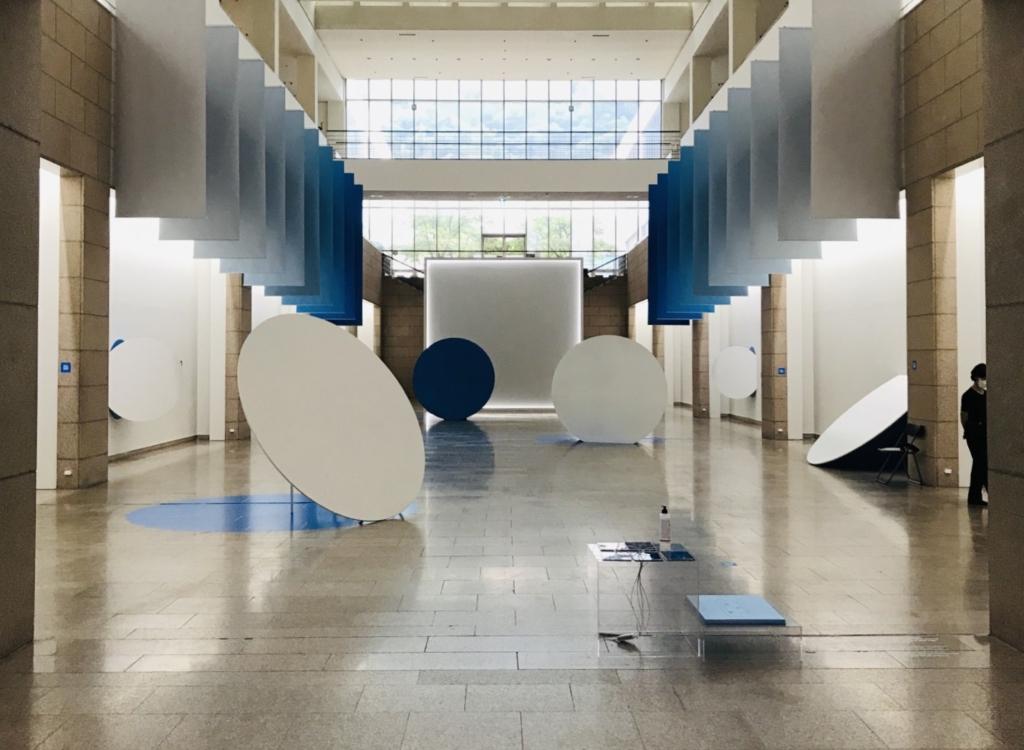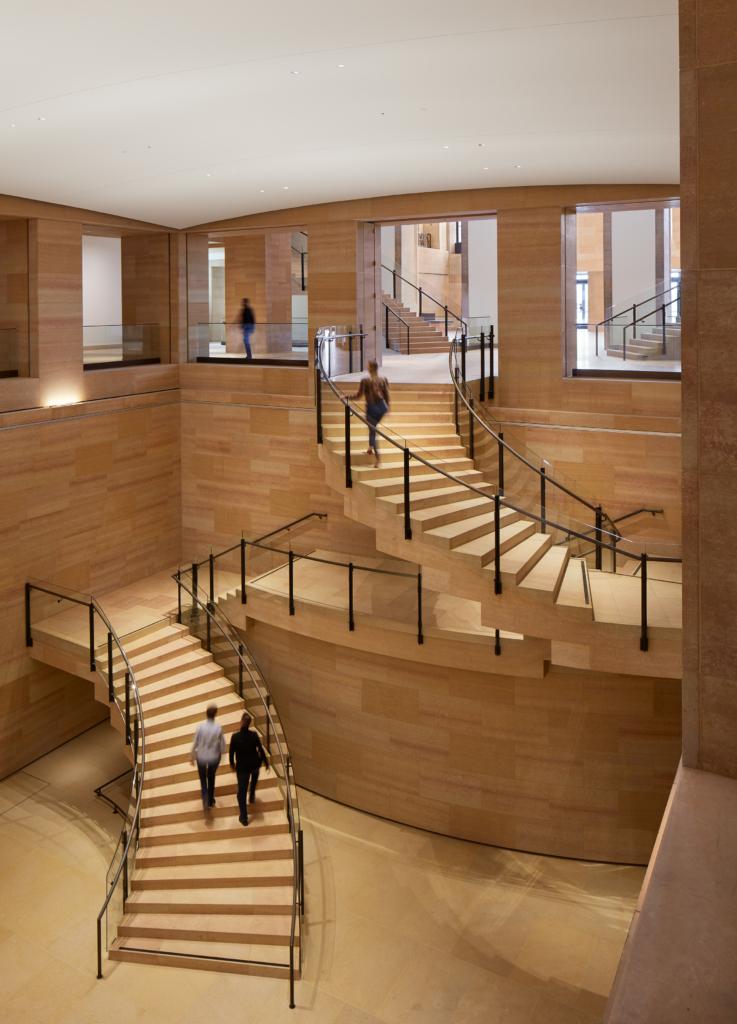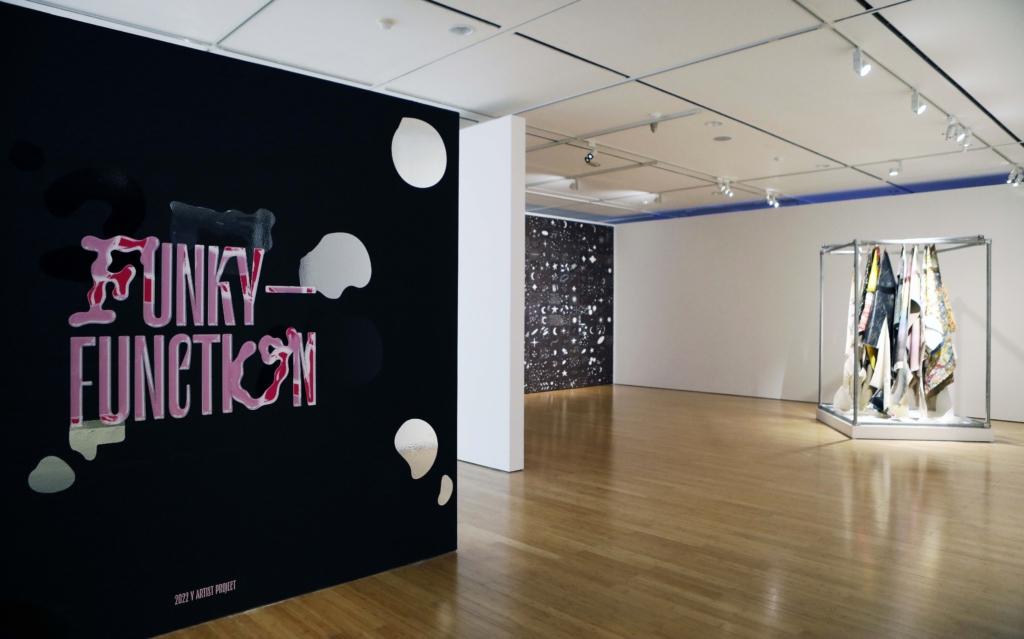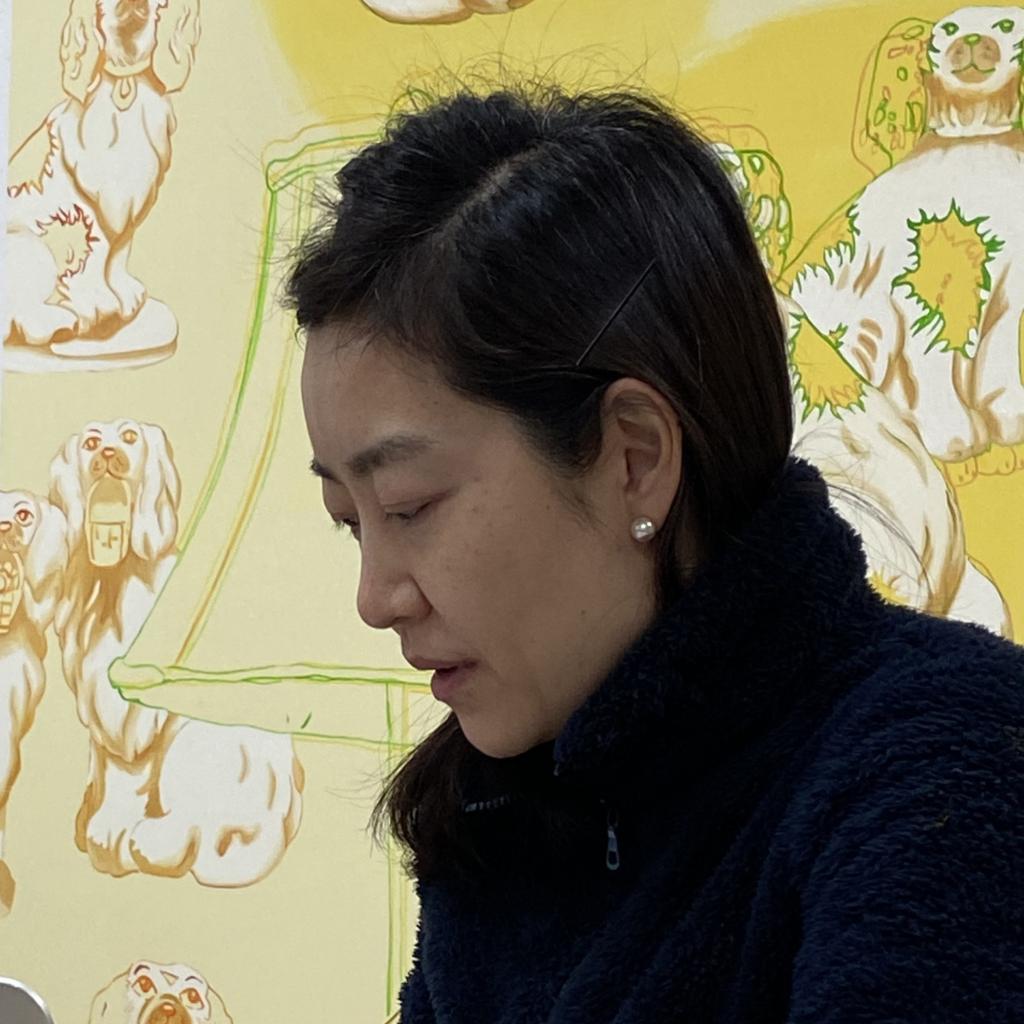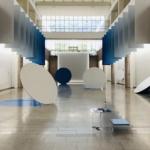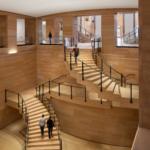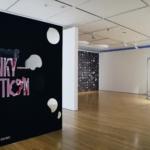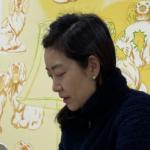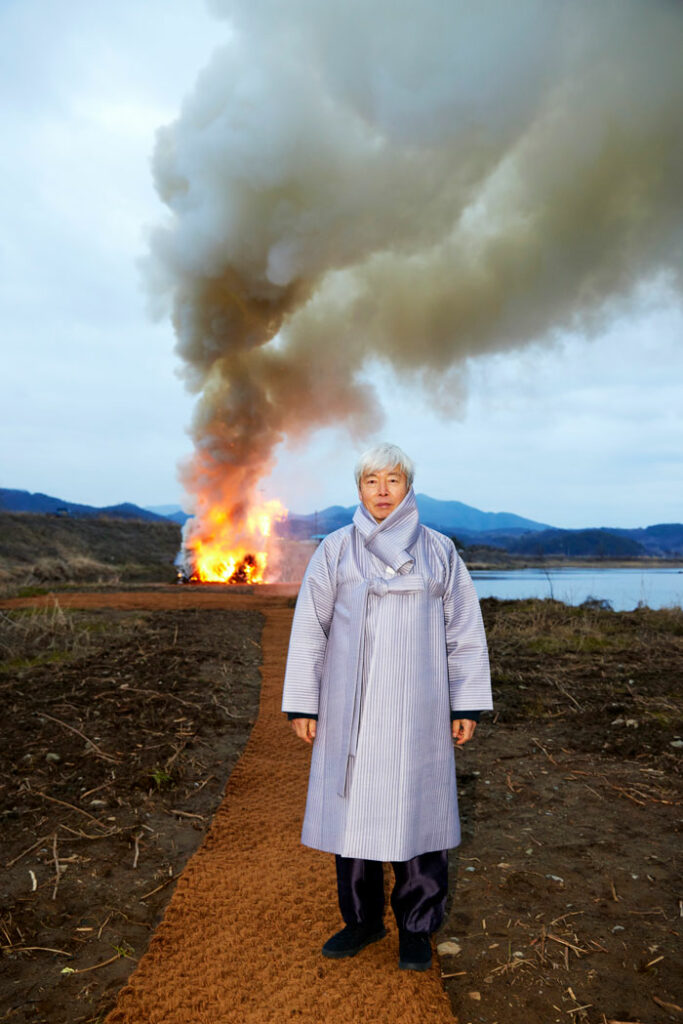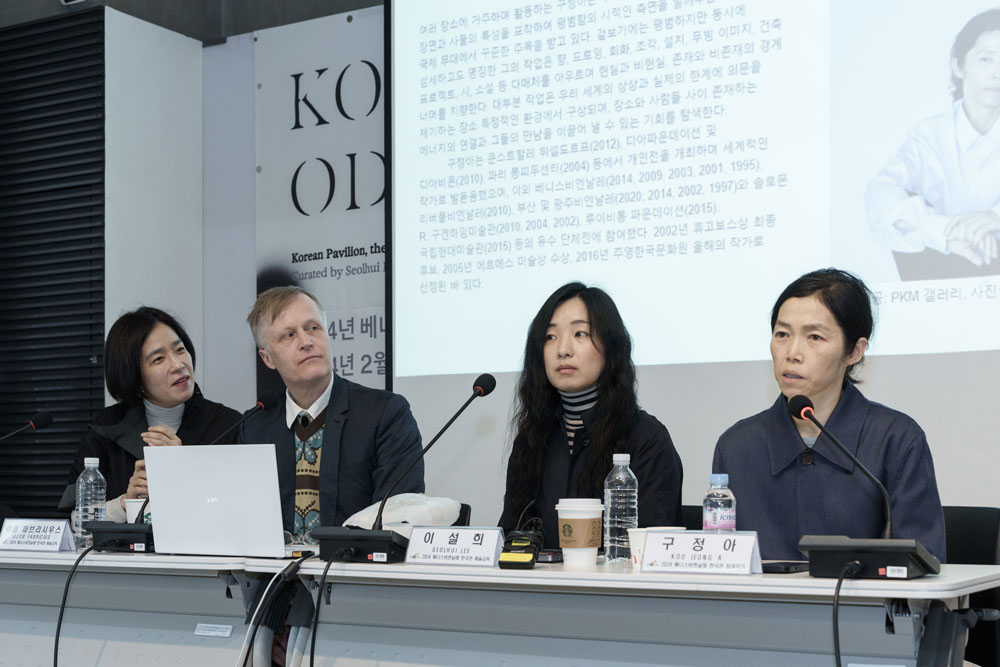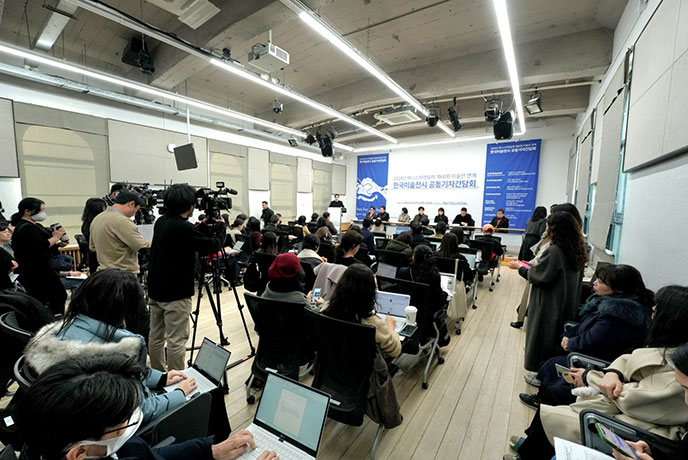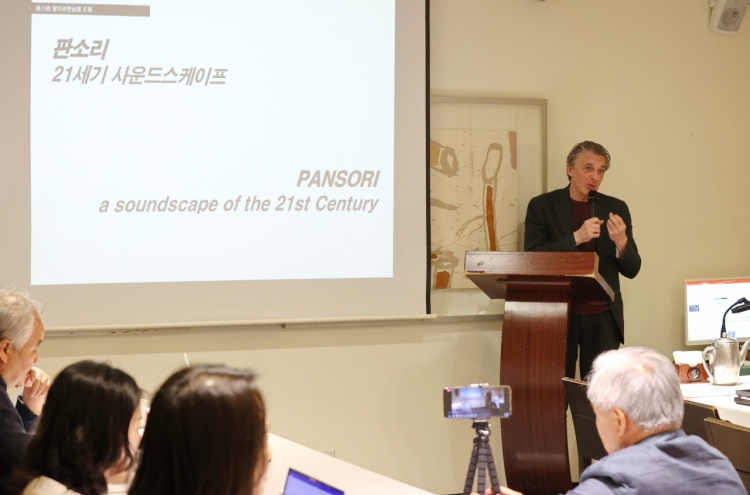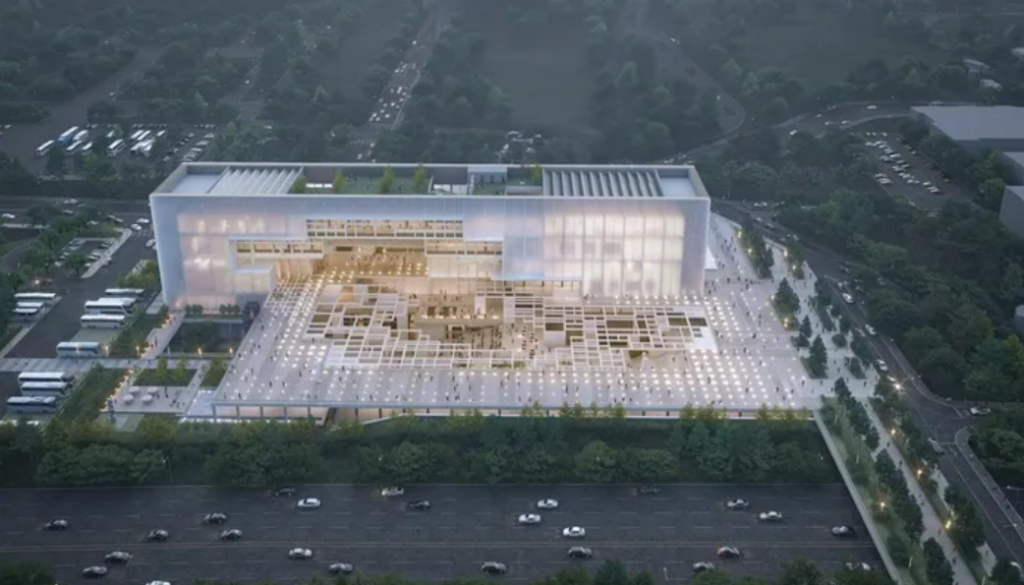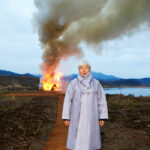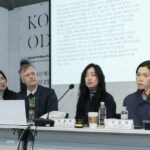Gwangju Biennale 2023 Announces the First Group of Participating Artists and Other Details
The South Korean art world has been abuzz with Frieze Seoul since last year, and this vibrant energy is expected to continue with another large art event to be held in South Korea next year.
Together with the Frieze Seoul, the Gwangju Biennale will be held in the country, filling the year of 2023 with large art events both in the market and the nonprofit sector. Many people are already expecting the Korean art world to be even more vibrant and busy next year.
The Gwangju Biennale has reached nearly 30 years, establishing itself as one of Asia’s oldest and most influential biennales. Particularly, the 7th Gwangju Biennale’s Annual Report exhibition led by Okwui Enwezor (1963-2019) in 2008 and the 8th Gwangju Biennale’s 10000 Lives led by Massimiliano Gioni in 2010 played an important role in bolstering the standing of the biennial.
Much attention is being drawn to whether one of the country’s largest art festivals will be able to receive the spotlight once again. The 14th Gwangju Biennale, taking place in 2023, will be led in a new direction by Sook-Kyung Lee, senior curator of international art at London’s Tate Modern, as the first and only Korean artistic director in 16 years since 2006.
On September 21, the Gwangju Biennale Foundation held a press conference and announced the exhibition schedule for next year, from April 7 to July 9, 2023. The exhibition will be held at the Gwangju Biennale Exhibition Hall’s five galleries, the Gwangju National Museum, and Horanggasy Artpolygon for 94 days.
Various research and collaboration-based commissions will be conducted for the exhibition. And for the exhibition at the Gwangju National Museum, the participating artists will respond to the venues’ unique architectural, historical, and cultural contexts.
“This biennale will be an opportunity to meet completely new works,” mentioned artistic director Sook-Kyung Lee. “More than 40 artists and teams, half of the participating artists, will show completely new works.” She explained, “the rate (of new works) is very high compared to other biennales.”
About eighty teams from thirty countries will participate in the exhibition, 50% of featured works will be new, and 90% of works will be shown for the first time in Korea. The Biennale revealed a list of fifty-eight artists participating in the exhibition. The final list of artists will be announced early next year.
Korean artists include Chang Jia, Lee Seung-taek, Kang Yeon-gyun, Kim Kulim, Lee Kun-Yong, Oh Yoon, Soungui Kim, Minjung Kim, Oum Jeong Soon, Kira Kim, Oh Suk Kuhn, and Yu Jiwon. The group of Korean artists encompasses various generations, from the doyen of artists who played important roles in the Minjoong art, experimental art, and abstract art movements, to young contemporary artists. Korean artists account for 17% of the total participating artists aiming to show a more diverse group of artists from other backgrounds.
The global art world has recently been focusing on women and gender nonconforming artists of color.
For instance, this year’s Venice Biennale, led by Curator Cecilia Alemani, received massive attention by presenting a new perspective to the global art world through an exhibition focusing on women and gender non-conforming artists with surrealism.
The upcoming exhibition in Gwangju will also focus on women artists from various cultures.
Director Lee said, “more than 80% were female artists in the Venice Biennale, but it was lopsided towards Western European and American artists,” adding that “in that regard, I was encouraged by the fact that I still have a lot of work to do.”
Lee will continue to work on organizing an exhibition that criticizes the existing knowledge system based on Western colonialism, presents alternative perspectives rooted in different culture and identity, and focus on works that embody the experiences of alienation and oppression.
The exhibition’s title, soft and weak like water, announced in April, takes its inspiration from Dao De Jing, a fundamental Daoist text. “The Biennale proposes to imagine our shared planet as a site of resistance, coexistence, solidarity, and care by thinking through the transformative and restorative potential of water as a metaphor, a force, and a method. It invites artists to engage with an alternative power model that brings forth change, not with an immediate effect but with endurance and pervasive gentleness that flows across structural divisions and differences,” explained director Lee.
Under the theme of soft and weak like water, the exhibition explores four subtopics: Luminous Halo positions the spirit of Gwangju as a source of inspiration and model for resistance and solidarity; Ancestral Voices highlights transnational artistic approaches for engaging and interpreting traditions to question and challenge modernist ideas; Transient Sovereignty considers how post-colonial and de-colonial artistic thinking has developed in relation to issues such as migration and diaspora, and Planetary Times explores the potentials and limits of a ‘planetary vision’ on ecological and environmental justice.
Aproject Company. Co., Ltd | Founder & CEO : Jay Jongho Kim
216 Dosan-Daero, B2F, Gangnam-gu, 06047 Seoul, Korea
Business Number : 894-88-01945
Contact : aproject.company@gmail.com
Mail-order-sales registration number : 제 2021-서울강남-04243 호





















